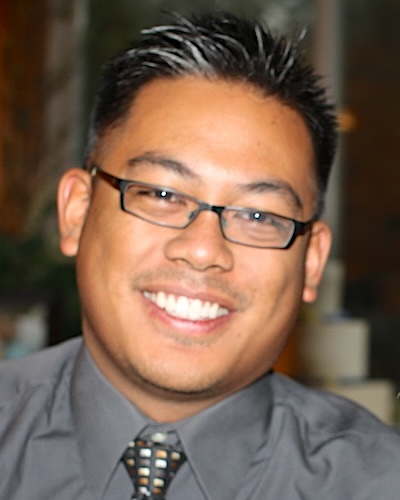Why Occupational Therapy?

September 30, 2010
by Pierre
My interest since high school was to help people through rehabilitation. My interests matured from athletic trainer, to psychologist, to physical therapist, and finally to occupational therapist. As you can see I transitioned between body and mind disciplines throughout my educational career, and after much questioning, deliberation, and encouragement, I chose to enter into the field of occupational therapy. My second interest was in the area of pediatrics. Currently, I am doing part-time fieldwork at a unified school district for school-based therapy, and am enjoying it.
As I begin my 2nd year, I realized that I have made the right decision. Let me share why I enjoy learning about occupational therapy and why it was an attractive profession. Occupational therapy is a field that combines the mind and body to allow us to focus not on one part, but on both — the whole person. In a world that is progressing in technology, treatment within occupational therapy may seem simplistic or low tech. Occupations and activities that people do are simplistic in nature because we create daily habits. Dressing up, reading a book, holding a conversation with a friend, riding a bike or driving to work are some things that many individuals carry out automatically without considering its complex or simplistic nature. As occupational therapists we connect with our clients in order to discover what challenges may be in their life currently and what they want to achieve. The challenge lies in how we can help our clients relearn, recover, adapt or create their old or new occupations in their life.
I believe in occupational therapy for its creative practicality. Sometimes we say that a person can, “Make that [action] appear effortless and easy.” Occupational therapy “looks” effortless and easy, but in reality it is continually assessing dynamic changes within the client, gains within treatment, planning future goals, constant adaptation of the environment, etc.
Occupational therapy is about living today in the best way possible.
The only way to do that is to engage in life . . .
Engage in meaningful occupations . . .
Engage to experience your environment . . .
Engage to attain satisfaction . . .
Engage to improve your health.
There’s no better place to study about occupational therapy than here at USC. I chose this institution because of the long history it has had in occupational therapy. It has been the top program in the nation for nearly a decade and has produced many clinical practitioners and occupational scientists that are (and have been) at the forefront of their practice and their research. I chose occupational therapy because I want to be involved alongside the client throughout their process of rehabilitation. I want to be able to provide the opportunities to “get back to living.”
Fight on USC OT!
⋯
Next by tag What are OS/OT? ⟩
⋯





